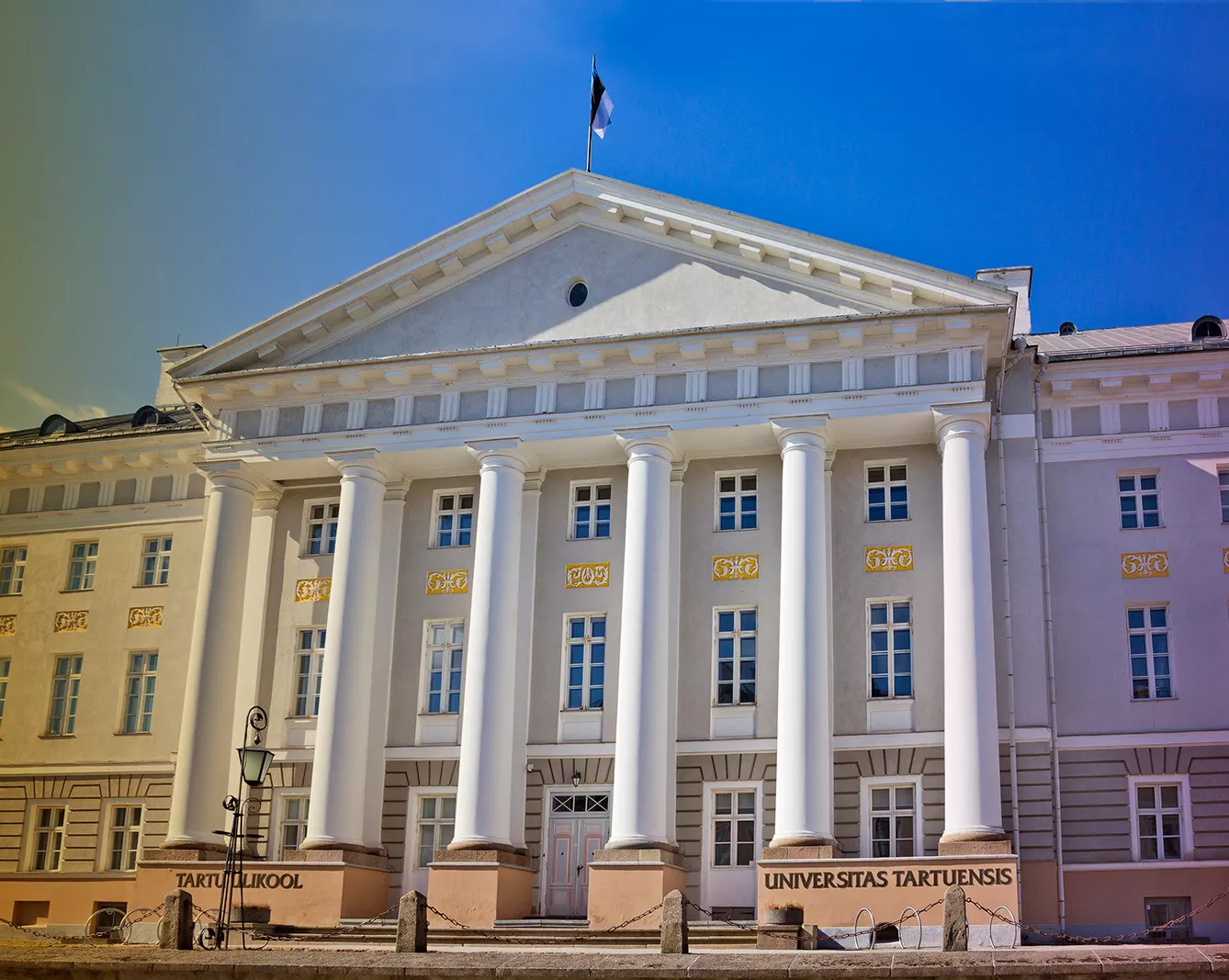The University of Tartu was first founded during the short period of Polish reign in Estonia in 1583 as a Jesuit gymnasium under Stefan Batory, the Polish king of Hungarian origin. The Swedes soon conquered the region and upgraded the school to a university. The official date of establishment was 1632 when Swedish King Gustave II Adolph declared it the Academia Gustaviana. The outbreak of war forced it to relocate to Tallinn in 1656; however, ongoing fighting caused the doors to close around a decade later.
University of Tartu: home to brilliant scientists
In 1690, Swedish King Charles XI re-established the school back in Tartu, changing the name to the Academia Gustavo-Carolina. However, the university moved yet again to nearby Pärnu in 1699, this time due to famine. It was not to last, as the town soon fell to Russian forces, and academic study there once again ceased in 1710. Luckily all was not lost, as Russian Tsar Alexander I reopened the university in Tartu (still known as Dorpat at the time) in 1802. This made Tsar Alexander I the third ruler of the third political entity to establish Tartu University in Tartu.
It’s worth mentioning that aside from the obvious Swedish and Russian influence, Estonia also had significant German influence, with many German people living and thriving in its cities. Thanks to this multinationalism, the University of Tartu grew stronger in student diversity as well. This multi-culturalism grew more pronounced after the Polish November Uprising of 1831 against the Russian rule, as czarist governors closed the most important Polish universities in Warsaw and Vilnius. Tartu became an educational destination for Polish youth, renowned for its friendly attitude toward Polish students.
Due to its diversity, namely its German influence, the University of Tartu also had significance for Protestants, being the only place in the Russian Empire to study the theology of this denomination. Among the famous German scientists who attended this school was Karl Ernst von Baer, known as the father of embryology, and whose statue in a city park is washed with champagne or beer every year on Walpurgis Night.
But the University of Tartu’s openness didn’t end with the age of Empires. Under the Soviet administration, it remained open and somewhat central to European science. This was the academic home of Professor Juri Lotman, who inspired an international group of cultural scientists. Tartu became a center for scholars from around the Soviet Union and a “contact spot” for their Western counterparts from the 60s to the 90s.
Their main interest was cultural semiotic (system of signs), but the school they represented became a symbol itself – of diversity and openness.







